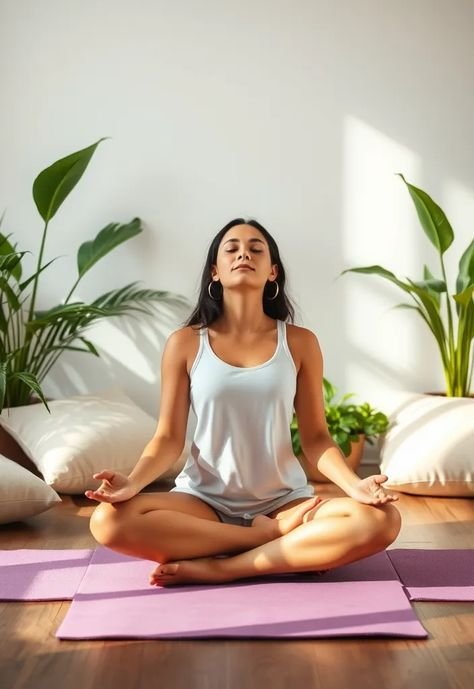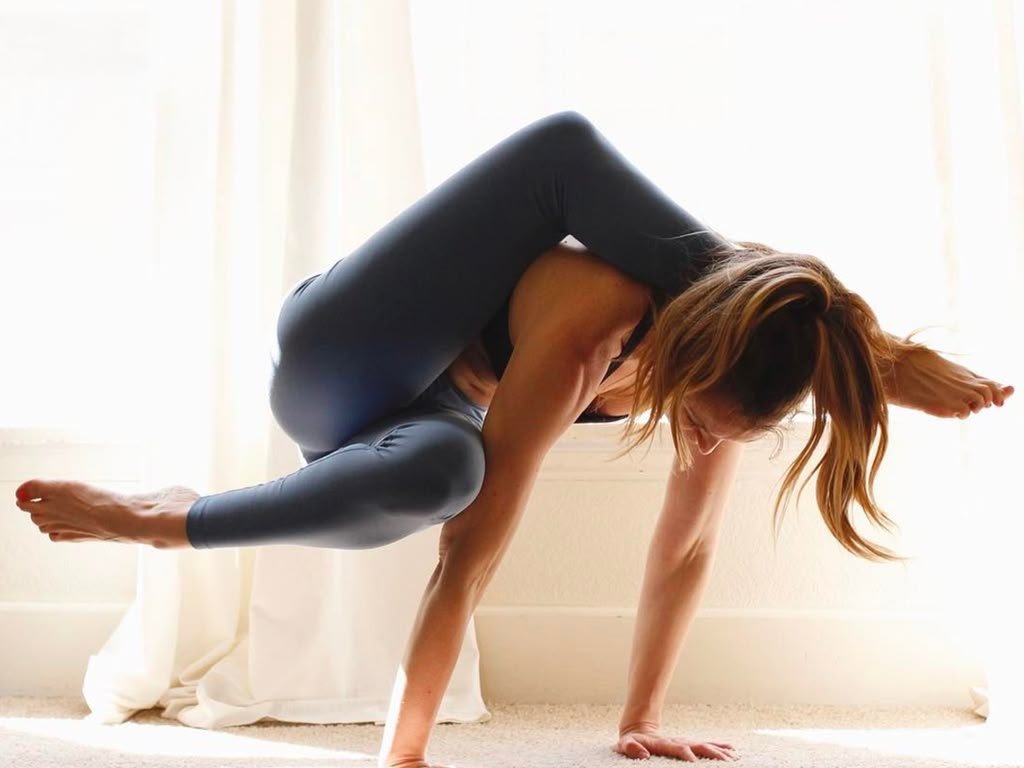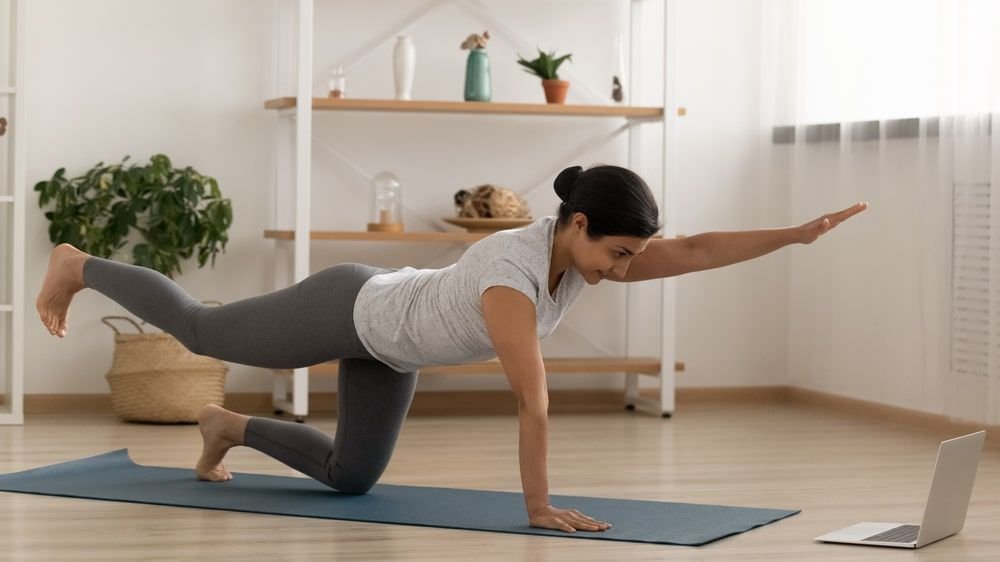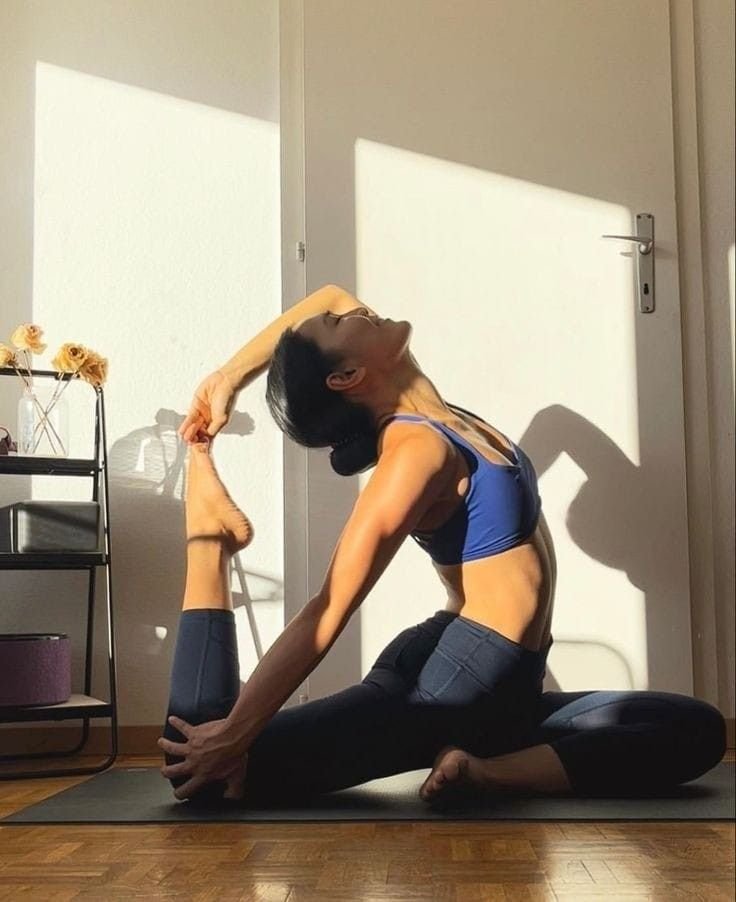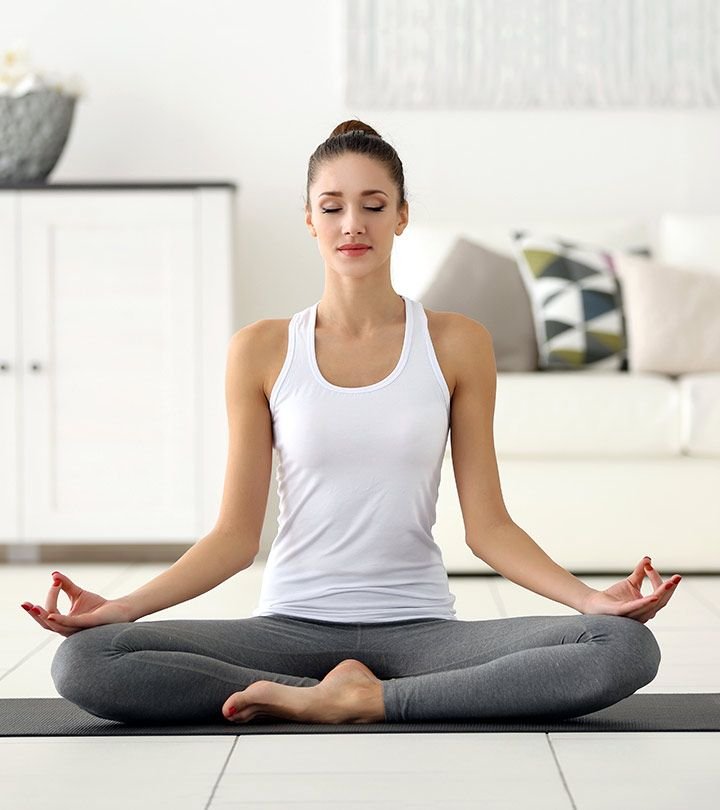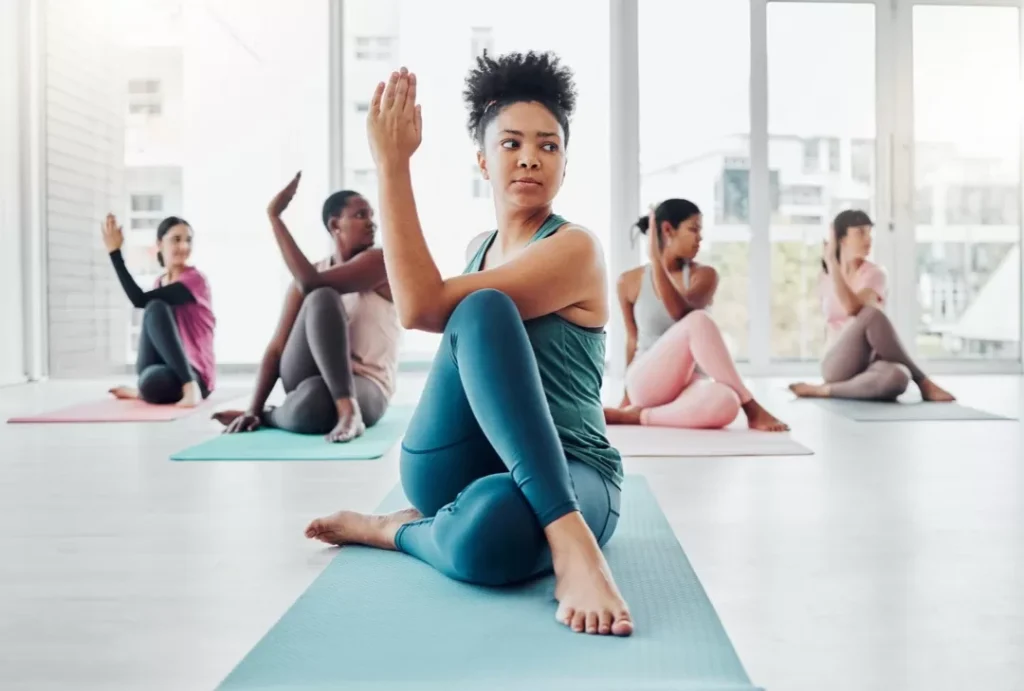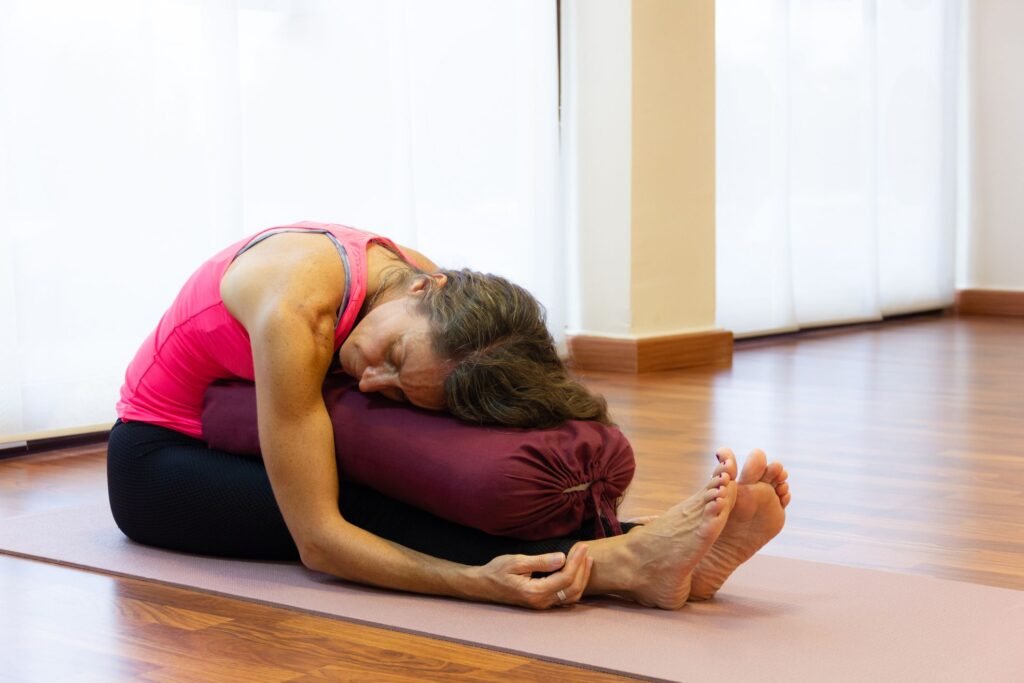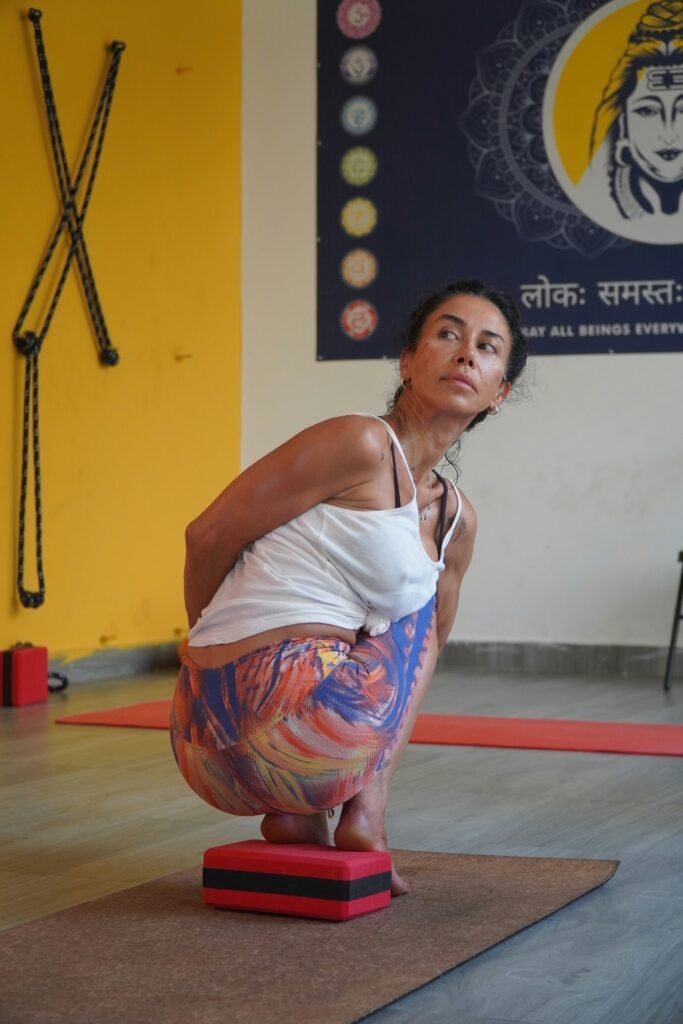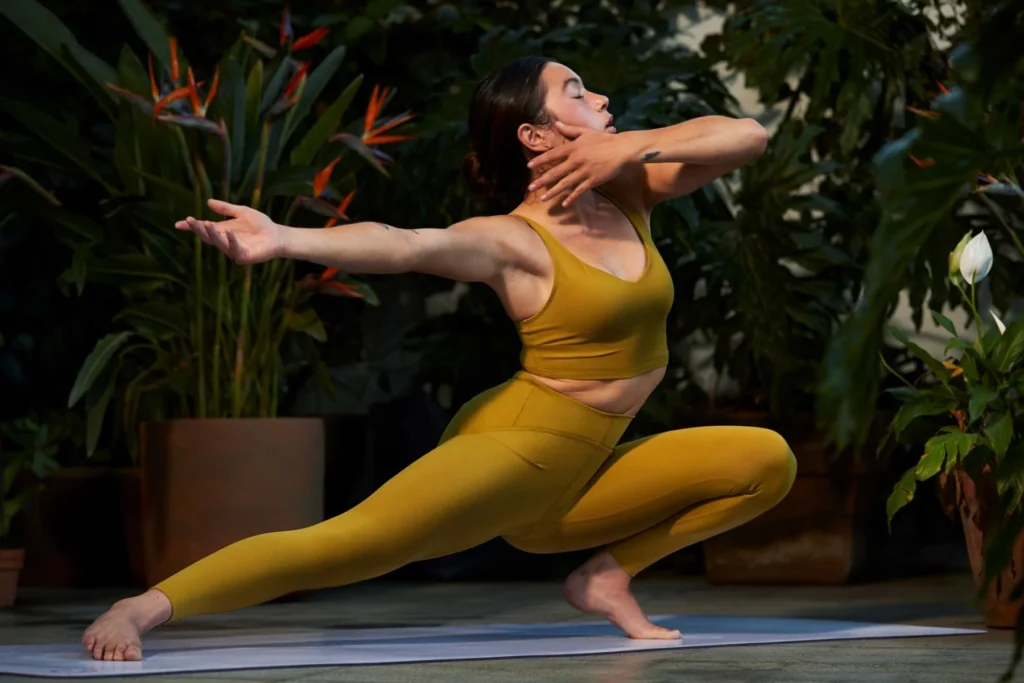8 Best Yoga Poses to Regulate Hormonal Imbalance
8 best Yoga Poses to Regulate Hormonal Imbalance In today’s fast-paced world, hormonal imbalance has become increasingly common, affecting millions of people worldwide. The good news is that yoga offers a powerful tool for achieving hormonal harmony. Scientific research has shown that regular yoga practice can significantly impact our endocrine system and help restore balance to our hormone levels. Find below our full guide about hormones and what Yoga poses is suitable for a better health The Science Behind Yoga and Hormonal Health Before diving into specific poses, it’s important to understand how yoga affects our hormones. Yoga works by influencing both the nervous system and endocrine system, creating a balanced internal environment. Through regular practice, yoga can: The 8 Most Effective Yoga Poses for Hormone Regulation 1. Cobra Pose (Bhujangasana) This excellent asana specifically targets the endocrine glands and promotes hormonal balance. Proper Form: Best Yoga Poses for Hormonal Balance Benefits: 2. Bridge Pose (Setu Bandhasana) This pose is particularly effective for hormone regulation and stress relief. Proper Form: Benefits: 3. Shoulder Stand (Sarvangasana) Known as the “queen of asanas,” this pose significantly impacts hormonal health. Safety Note: Use a folded blanket under shoulders to protect your neck. Benefits: READ MORE: What are Leaky Guts Symptoms and How to Fix It? 4. Camel Pose (Ustrasana) This backbend offers profound benefits for hormone regulation. Proper Form: Benefits: 5. Rabbit Pose (Sasangasana) This pose is excellent for balancing hormones and reducing stress. Proper Form: Benefits: 6. Child’s Pose (Balasana) A restorative pose that helps calm the endocrine system. Proper Form: Benefits: 7. Hero Pose (Virasana) An excellent pose for grounding and hormone regulation. Proper Form: Benefits: 8. Bound Angle Pose (Supta Baddha Konasana) A powerful pose for reproductive and hormonal health. Proper Form: Benefits: Essential Hormones for Human Health Key Hormones and Their Critical Functions 1. Pituitary Hormones (The “Master Gland” Hormones) The pituitary gland produces several vital hormones that control many bodily functions : Growth Hormone (GH) Prolactin Thyroid Stimulating Hormone (TSH)Controls thyroid function Antidiuretic Hormone (ADH) Oxytocin READ MORE: 18 Best Foods to Detox Your Liver (Healthy Cleansing) 2. Thyroid Hormones The thyroid gland produces hormones crucial for metabolism : Thyroxine (T4) and Triiodothyronine (T3) Calcitonin 3. Adrenal Hormones The adrenal glands produce stress and metabolism-related hormones : Cortisol Adrenaline (Epinephrine) Aldosterone 4. Pancreatic Hormones These hormones are crucial for blood sugar regulation : Insulin Glucagon 5. Reproductive Hormones Essential for sexual development and reproduction : Testosterone Estrogen and Progesterone 6. Other Important Hormones Melatonin Leptin Parathyroid Hormone (PTH) Maintaining Healthy Hormone Levels To support optimal hormone function, consider these key factors : 1. Dietary Considerations 2. Lifestyle Factors 3. Environmental Awareness Impact of Hormonal Imbalances When hormone levels become unbalanced, various health conditions can develop : Maximizing Results Through Complementary Practices To achieve the best results, combine these poses with: Breathing Techniques Mindfulness and Meditation Safety Considerations and Best Practices For optimal function and safety: Establishing a Regular Practice For the most effective hormone regulation: Conclusion Yoga offers a holistic approach to achieving hormonal balance. Through regular yoga practice of these eight poses, combined with proper breathing techniques and mindfulness, you can experience significant improvements in your hormonal health. Remember that consistency is key, and results may vary from person to person.Start your journey toward hormonal harmony today with these powerful poses, and remember to approach your practice with patience and awareness. Your body will thank you with improved balance, vitality, and overall health.
8 Best Yoga Poses to Regulate Hormonal Imbalance Read More »

